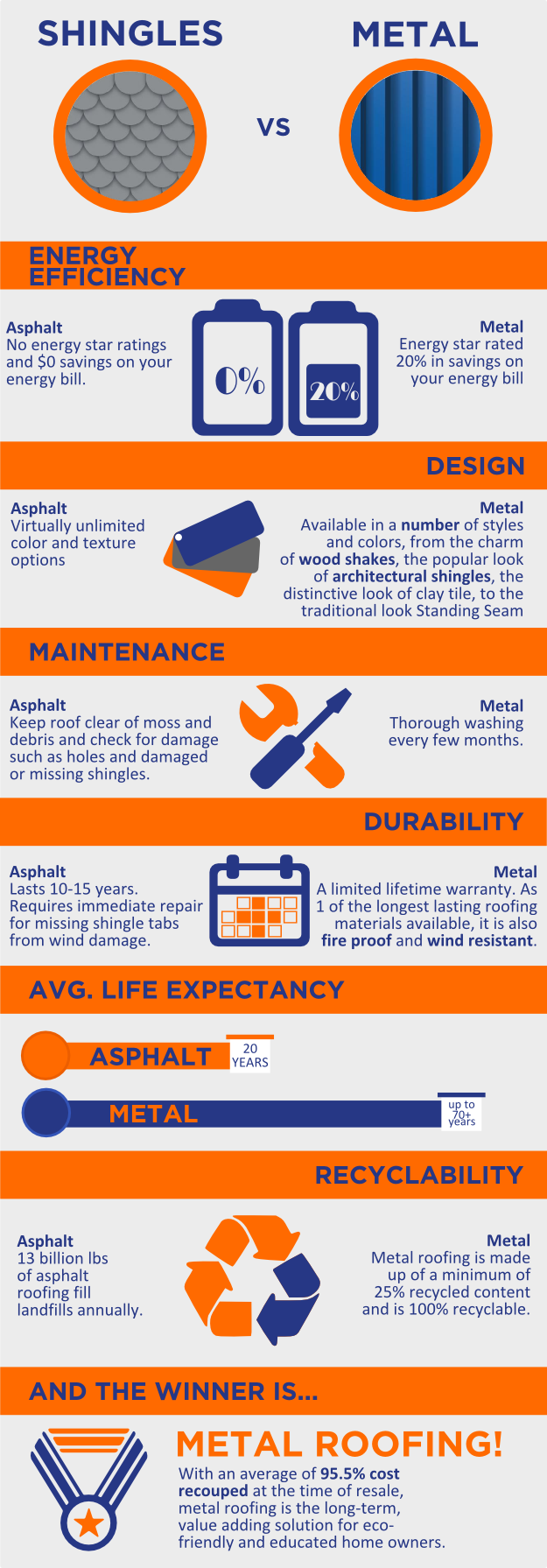Examine The Expenditures And Advantages Of Solar Installation To Highlight The Potential Financial Gains For Those Discovering This Renewable Resource Remedy
Examine The Expenditures And Advantages Of Solar Installation To Highlight The Potential Financial Gains For Those Discovering This Renewable Resource Remedy
Blog Article
Personnel Author-Storm Stiles
When considering the prices of solar installation, you might question the in advance financial investment called for and whether it straightens with the potential lasting advantages. Understanding the complexities of these expenditures and the various factors influencing the overall return can clarify the value recommendation of transitioning to solar energy. By assessing both the preliminary setup costs and the predicted cost savings in time, you can get understanding right into whether the investment in solar setup holds pledge for your monetary future.
Initial Configuration Expenditures
When thinking about the expenses of solar installment, the first configuration expenses play an important duty in your decision-making procedure. These upfront expenses consist of the cost of photovoltaic panels, inverters, installing devices, and installation labor.
The rate of photovoltaic panels can differ depending on the brand name, efficiency, and dimension you select. Inverters are crucial for converting the sunlight's energy into useful electricity and be available in different types such as string inverters, microinverters, and power optimizers, each with its very own price implications.
Placing tools, such as racks and rails, is essential to securely mount solar panels on your roof covering or home.
The installment labor cost covers the expert setup of the planetary system, guaranteeing that every little thing is set up properly and successfully. Bear in mind that while these preliminary arrangement expenses might seem high, there are commonly rebates, tax obligation motivations, and funding choices offered to assist counter the prices and make solar setup much more budget friendly in the future.
Long-Term Financial Savings Analysis
To understand the monetary benefits of solar setup over time, it's critical to perform a detailed lasting financial savings analysis. While the preliminary configuration expenses of photovoltaic panels might appear challenging, the long-term savings can outweigh these expenses considerably. By using the power of the sunlight to generate electrical power for your home, you can potentially conserve thousands of bucks on your utility bills over the lifespan of your planetary system.
Among the key aspects to consider in a long-term cost savings evaluation is the reduction in your electrical energy expenses. With photovoltaic panels, you can generate your electrical power, decreasing or perhaps removing your dependence on the grid. This can bring about considerable cost savings, especially as utility prices remain to climb.
Additionally, lots of governments use rewards such as tax credit ratings and rebates for setting up photovoltaic panels, even more boosting your long-lasting savings. By residential solar install from these rewards and optimizing your solar energy manufacturing, you can enjoy substantial monetary benefits for years ahead.
Return on Investment Estimation
Considering the economic advantages of solar setup, it's time to analyze the Roi (ROI) estimation. Figuring out read article involves contrasting the total prices of mounting a planetary system with the financial advantages it creates over its life-span.
To determine ROI, split the net benefit from the system by the total financial investment cost and multiply by 100 to obtain a percentage. The ROI formula is: (Web Revenue/ Total Amount Investment Price) x 100.
As an example, if the overall cost of setting up a solar system is $20,000, and over its life expectancy, it produces cost savings and profits completing $30,000, the net revenue would be $10,000. Dividing this by the overall financial investment expense of $20,000 provides a proportion of 0.5. Increasing this by 100 provides an ROI of 50%.
Usually, a greater ROI suggests an extra financially rewarding financial investment. Elements like federal government incentives, upkeep prices, and power price changes can impact the ROI of solar installations. Comprehending the ROI assists in examining whether buying solar power deserves it in the long run.
Conclusion
Finally, understanding the expenses of solar setup is critical for figuring out if it is worth the financial investment. By thinking about first arrangement costs, performing a long-lasting financial savings evaluation, and determining the roi, you can make a notified choice regarding the monetary worth of solar power. With the potential for lowered energy bills and increased energy self-reliance, investing in solar installation can be a clever selection for both your purse and the environment.
